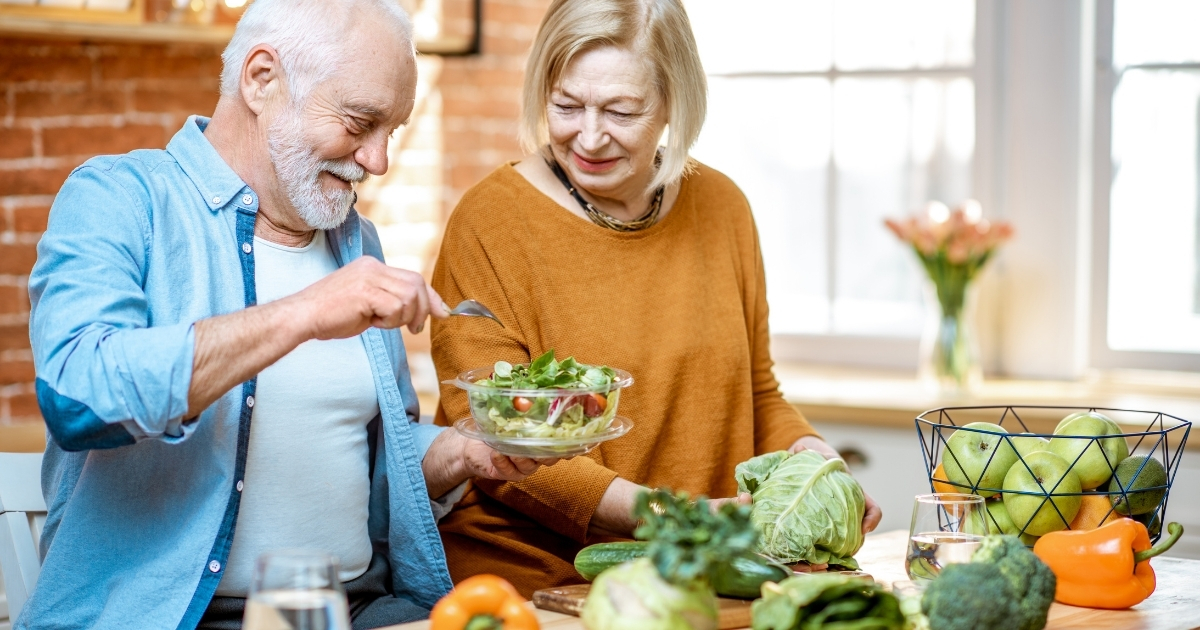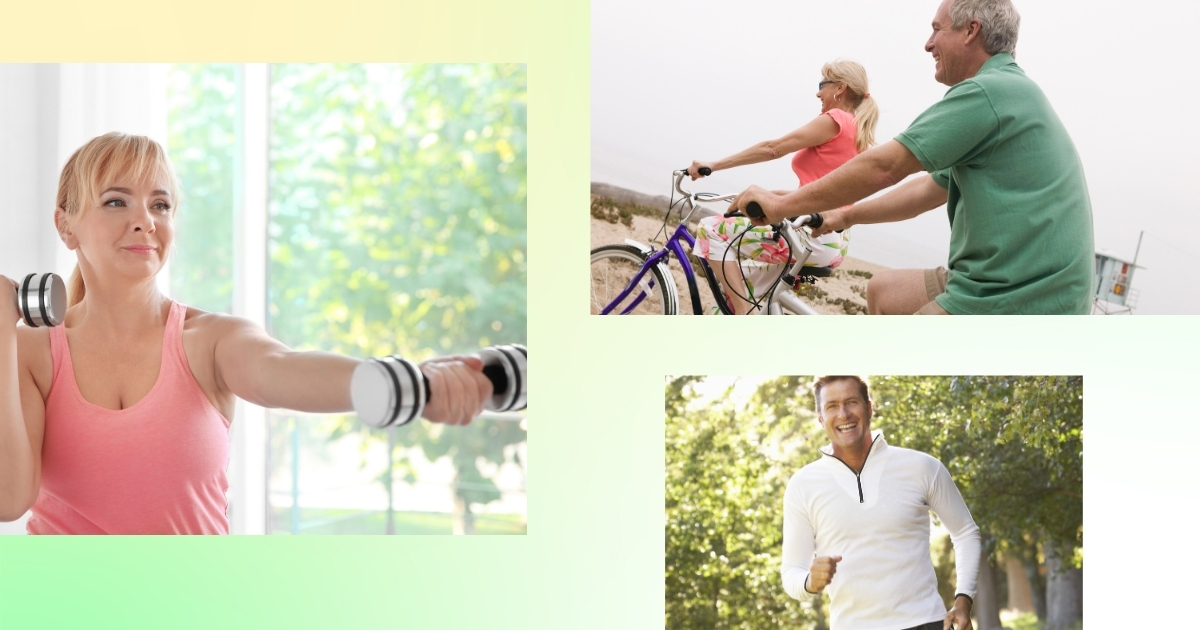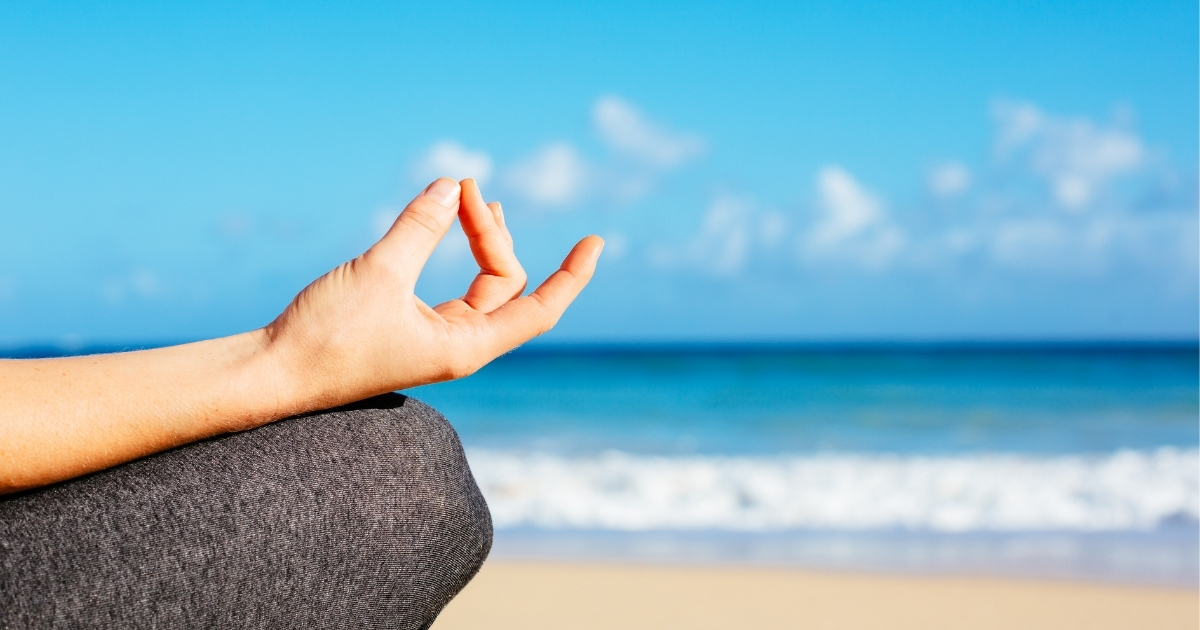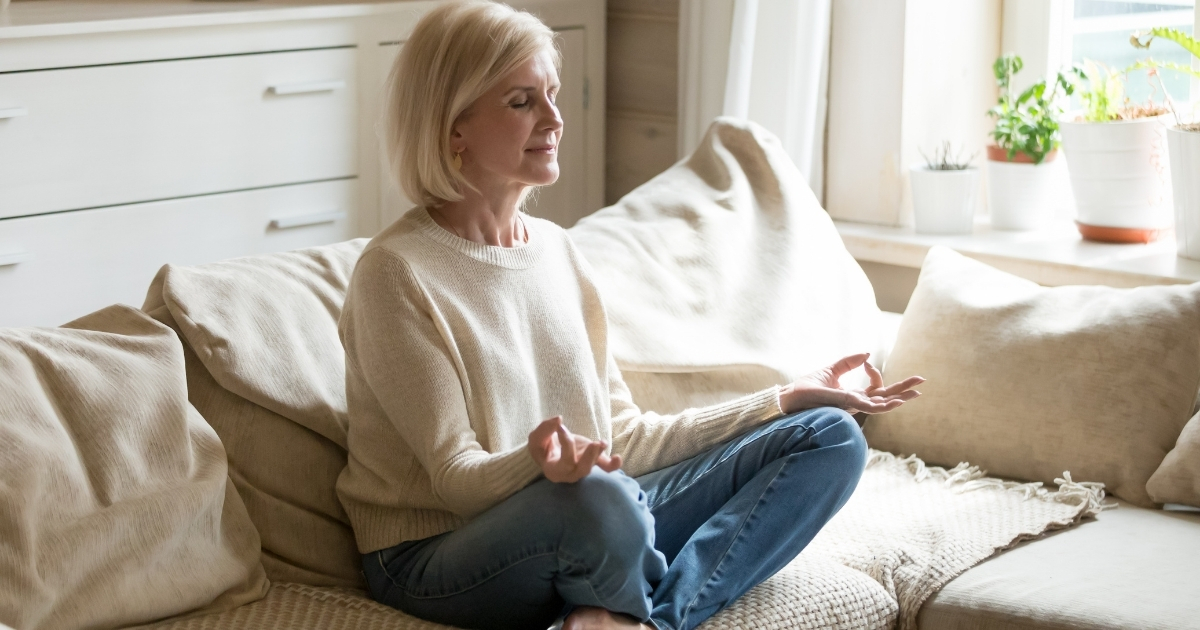
Mindfulness and Meditation: Finding Inner Peace and Joy
Life after 50 can be a time of profound transformation. Whether you’re navigating new relationships, rediscovering yourself, or managing day-to-day responsibilities, this chapter of life brings plenty of opportunities and challenges. For mature singles, cultivating inner peace and joy is essential to thriving during this stage. One of the most effective ways to achieve this is through mindfulness. By practicing mindfulness and meditation, you can find calmness, improve your emotional well-being, and create a joyful life. This guide explores how mindfulness can benefit mature singles and provides actionable tips to incorporate it into your daily routine.
Mindfulness is the practice of being fully present in the moment, with an attitude of curiosity and acceptance. It invites you to step away from dwelling on the past or worrying about the future, allowing you to focus on what matters right now. For mature singles, mindfulness is particularly beneficial, as it helps reduce stress, enhance self-awareness, and strengthen emotional resilience.
The advantages of mindfulness aren’t limited to emotional wellness. Scientific studies have consistently demonstrated its physical health benefits as well. Practicing mindfulness can help lower blood pressure, improve sleep quality, and reduce symptoms of anxiety and depression. It also fosters healthier relationships as you become more attuned to your emotions and the feelings of others. By integrating mindfulness into your life, you create a strong foundation for a peaceful and fulfilling future.
Practical Meditation Practices For Inner Peace
Meditation is a key tool for cultivating mindfulness, and it’s surprisingly simple to start. With consistent practice, meditation can help you find inner peace and approach life’s challenges with more calmness and clarity. Here are some meditation methods to try.
Breathing Meditation
Mindful breathing is one of the easiest ways to start meditating. This practice involves focusing your attention on your breath, helping you calm your mind and release tension in your body.
- How to Start: Find a quiet, comfortable place to sit. Close your eyes and take a deep breath in through your nose, holding it for a moment before slowly exhaling through your mouth. Repeat this cycle while paying attention to the sensation of your breath.
- Suggested Time: 5-10 minutes daily, working up to longer sessions as you become more comfortable.
Guided Meditations
If you find it challenging to meditate on your own, guided meditations can help. Apps like Calm or Insight Timer offer curated meditations designed for various needs, from stress relief to fostering joy. These resources are especially helpful for beginners as they provide structure and gentle guidance.
- Why It’s Helpful: Guided meditations can help focus your thoughts and keep you from feeling overwhelmed or unsure about what to do.
Body Scan Meditation
This technique involves bringing your awareness to different parts of your body, noticing any sensations or tension you might feel.
- Quick Tip: Lie down in a comfortable position and close your eyes. Start with the top of your head and slowly work your way down to your toes, pausing to notice each part of your body.
Nature Meditation
For mature singles who enjoy the outdoors, nature offers one of the most calming spaces for mindfulness. Sit in a peaceful outdoor spot, close your eyes, and focus on the natural sounds around you, such as birds chirping, waves crashing, or the rustle of leaves.
- Benefits: Meditating in nature strengthens your connection to the world around you, promoting both relaxation and a sense of wonder.
How To Cultivate Joyful Living Over 50
Mindfulness isn’t just about staying calm; it’s also a pathway to living a more joyful and meaningful life. For mature singles, joyful living means connecting with what truly matters and making space for experiences that bring happiness.
Reignite Old Passions
Perhaps you once loved painting, cooking, or gardening but haven’t made time for these interests in years. Mindfulness encourages you to reconnect with your passions by helping you focus on the simple pleasure of being in the moment. These activities become more fulfilling as you fully immerse yourself in them, free of distractions.
Build Stronger Relationships
Mindfulness enhances the quality of your relationships by encouraging you to be fully present during interactions. When you’re mindful, you listen more attentively, communicate thoughtfully, and better understand the emotions of others. Whether you’re dating, making new friends, or strengthening bonds with family, mindfulness can transform the way you connect with people.
Practice Daily Gratitude
Gratitude is one of the simplest ways to foster joy. By consistently reflecting on the things you’re thankful for, you train your mind to focus on the positive.
- Action Tip: Each evening, write down three things you’re grateful for. Over time, this practice shifts your perspective, making you more aware of the good in your life.
Find Meaningful Experiences
Joyful living doesn’t have to mean big, extravagant gestures. It can be as simple as savoring a cup of tea in the morning, watching the sunset, or volunteering in your community. Mindfulness teaches you to find pleasure in the little things, making everyday moments feel extraordinary.
Mindfulness and Its Impact on Brain Health
Mindfulness isn’t just about emotional well-being; it also has significant benefits for your cognitive health. For those over 50, maintaining mental sharpness is a top priority, and mindfulness has been shown to help.
Meditation enhances neuroplasticity, which is the brain’s ability to reorganize and create new neural connections. It also increases gray matter in the brain, improving memory, focus, and decision-making skills. Additionally, mindfulness reduces cortisol levels, the stress hormone, which can negatively impact brain health over time. By incorporating mindfulness into your routine, you can protect your cognitive function while also enjoying a peaceful state of mind.
Simple Ways To Bring Mindfulness Into Everyday Life
Mindfulness doesn’t require hours of meditation or complicated practices. Here are small, practical ways to integrate mindfulness into your daily routine.
- Mindful Eating: When you eat, slow down and focus on each bite. Pay attention to the flavors, textures, and smells of your food, and avoid distractions like television or your phone.
- Take Intentional Walks: Go for a walk and immerse yourself in the sights and sounds of your environment. Notice the trees, flowers, or the warmth of the sun on your skin.
- Pause Throughout the Day: Set aside a few moments at random times during the day to tune into your breath, noticing how you feel and letting go of tension.
- Reflect in the Morning: Before starting your day, take a minute to set an intention or think about something you’re excited about.
Overcoming Challenges
Starting a mindfulness practice can be intimidating, especially if your mind frequently wanders. It’s essential to approach it with kindness and patience. Remind yourself that mindfulness isn’t about doing it perfectly but about showing up consistently. Start small, and remember that even brief moments of mindfulness can make a significant impact.
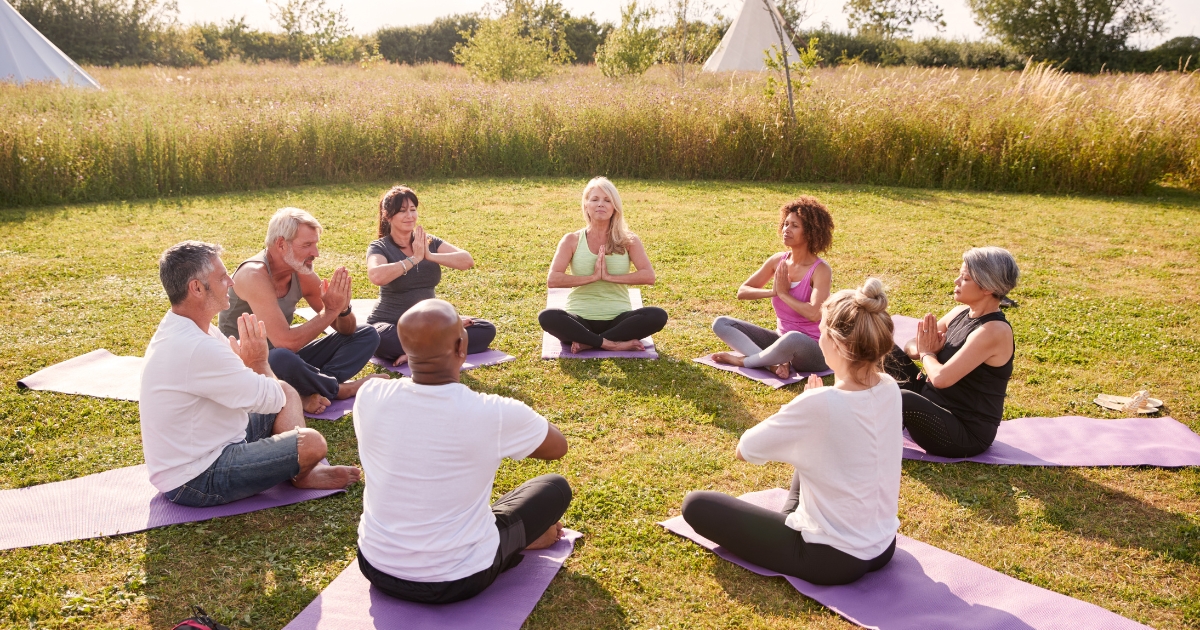
Joining a Mindful Community
Mindfulness doesn’t have to be a solitary practice. Many find that sharing the experience with others deepens its benefits. Look for local meditation groups, mindful yoga classes, or even virtual group sessions tailored for adults over 50. Or simply invite a friend to join you for a walk or engage in a shared hobby that promotes mindfulness.
Whether you practice alone or with a community, mindfulness opens the door to stronger connections—with yourself, with others, and with the world around you. It’s a powerful tool for mature singles seeking inner peace, joy, and a richer experience of life’s moments. Begin today by trying one or two of these suggestions, and see how mindfulness can transform your outlook and well-being.


